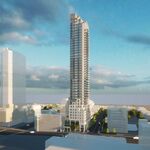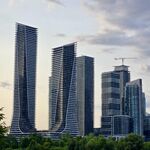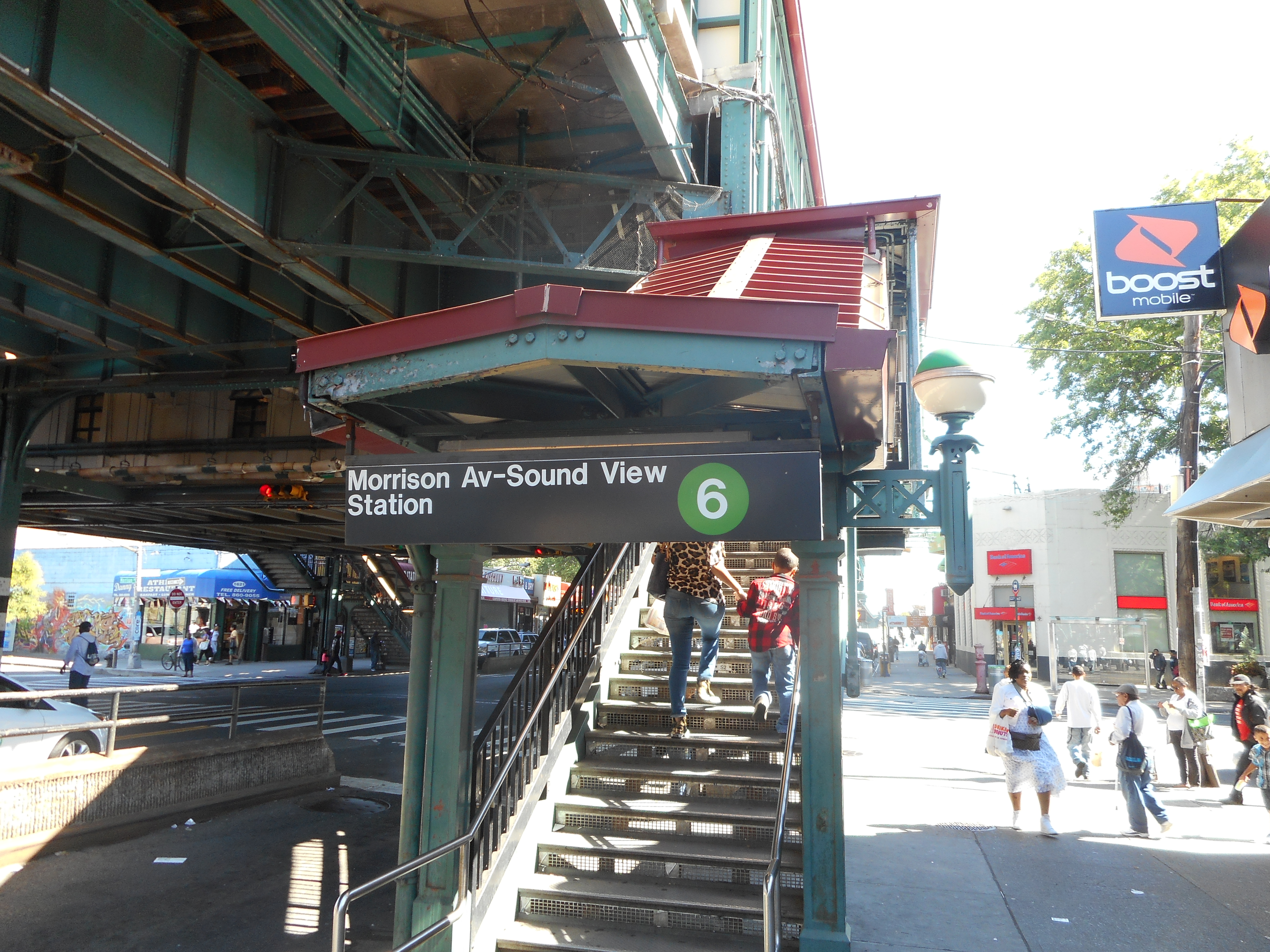City forced to refund portion of Scarborough subway development charges
By
JENNIFER PAGLIAROCity Hall reporter
Wed., Aug. 10, 2016
After a powerful developer’s group challenged key numbers in the city’s transit planning process for the Scarborough subway, a settlement approved Wednesday means the city will now collect millions of dollars less to pay for the project.
The deal comes eight months after the Building Industry and Land Development Association, BILD,
launched an appeal at the Ontario Municipal Board (OMB), over the amount of money being charged to developers so the city can pay to connect the Bloor-Danforth subway line to the Scarborough Town Centre, replacing the aging Scarborough RT.
That appeal has also left questions about the reliability and precision of ridership numbers and their role in influencing political decisions worth billions of dollars.
The agreement, approved by the OMB, means the city must now refund a portion of the charges to all developers who were issued building permits on or after Aug. 1, 2015 to reflect a 10 per cent reduction in the rate. Any future charges will be calculated at the new rate.
A city spokesperson said they have yet to tally the total amount to be refunded. But a report from staff to council, the contents of which were earlier shared with the Star, estimated the refund at $2 million with interest and total revenue loss estimated between $4 and 6 million, when taking future charges into consideration.
In 2013, city council scrapped plans for a seven-stop LRT from Kennedy Station to Eglinton Ave. East that would have been paid for by the province in full. A controversial vote saw council — spurred on by then mayor Rob Ford and Scarborough councillors — agree instead to build a three-stop subway that would cost $2 billion more.
That decision came after a last-minute update to ridership estimates presented by city staff, which jumped from 9,500 to 14,000 people in the busiest direction at the busiest time — a figure that just barely justified the need for a higher-capacity subway.
In order to build the more expensive connection, city staff originally estimated an additional $910 million would need to be raised for the city’s contribution alone, $165 million of which would hopefully come from development charges.
So, council imposed a city-wide development charge, which came into effect in 2015, specifically to fund the subway. The money is collected when building permits are approved, charged on a per-unit basis for residential buildings and a per-square-metre basis for commercial buildings.
The rates for the subway charge were determined by a calculation based on the city’s controversial 14,000 ridership projection.
Since the appeal was launched, top city officials have defended the figure but made contradictory statements about the planning process that produced it.
The city’s chief planner Jennifer Keesmaat claimed the process was “problematic” and “rushed.” Later, Mayor John Tory — who backed both the three-stop subway and a new revised plan — said the original proposal was not based in any planning rationale but rather “on a sketch on a piece of paper.”
In appealing to the OMB — the provincial body that handles land and other planning disputes — BILD argued that the city’s ridership projections were too high and the developers should not be on the hook for a subway when light rail would more than suffice.
Before the ridership numbers could be tested in an OMB hearing, the city and BILD agreed to the settlement and rate reduction which benefits developers.
In agreeing to the settlement Wednesday, the city did not admit to any fault in how they calculated the charges.
When explaining how the new rate was calculated, an expert witness for the city told the board Wednesday that they simply adjusted one of the ridership numbers related to the 14,000 figure to reflect a 10 per cent reduction.
OMB chair Bruce Krushelnicki questioned whether a new ridership number that was modified to fit an agreed-upon reduction could still be an accurate ridership projection.
“I’m a little concerned with the nature of that language,” Krushelnicki said at the board Wednesday.
Craig Binning, a partner at consulting firm Hemson which developed the study for the development charge, said he felt “comfortable” the number was still within the “acceptable range” and that the original calculation was based on “the best available information we had at the time from city staff and the TTC.”
Krushelnicki accepted that explanation, saying: “I’m happy with that.”
Council earlier approved
a settlement at the board during a closed-door discussion in June.
The report from staff to council warned councillors that not accepting the settlement could see the city losing even more development money if their ridership numbers and calculations faced further scrutiny.
Following mediation, staff said the city was forced to concede the figures would have to be adjusted to represent at least a 10 per cent reduction.
With the bylaw that governs the development charge set for renewal in 2018, new legislation governing development charges and council moving ahead with plans for a revised one-stop subway extension, those calculations are due to change again.
It’s unclear just how much the city will be able to raise from development for the current subway plan. Future ridership for the one-stop subway has been estimated by city staff at just
7,300 in the busiest direction at the busiest hour.








